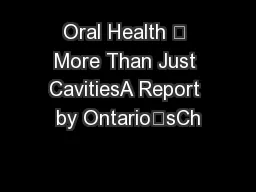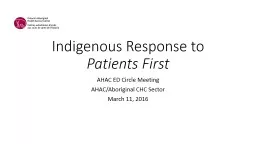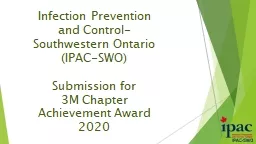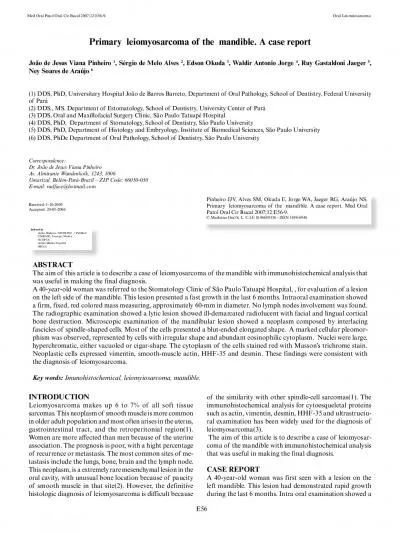PDF-Oral Health – More Than Just CavitiesA Report by Ontario’sCh
Author : karlyn-bohler | Published Date : 2016-03-05
Executive SummaryIntroductionOral Health and Health Care in CanadaThe Importance of Prevention Prevention 150 The Economic ArgumentOral Health the Ontario Picture
Presentation Embed Code
Download Presentation
Download Presentation The PPT/PDF document "Oral Health – More Than Just Caviti..." is the property of its rightful owner. Permission is granted to download and print the materials on this website for personal, non-commercial use only, and to display it on your personal computer provided you do not modify the materials and that you retain all copyright notices contained in the materials. By downloading content from our website, you accept the terms of this agreement.
Oral Health – More Than Just CavitiesA Report by Ontario’sCh: Transcript
Download Rules Of Document
"Oral Health – More Than Just CavitiesA Report by Ontario’sCh"The content belongs to its owner. You may download and print it for personal use, without modification, and keep all copyright notices. By downloading, you agree to these terms.
Related Documents














